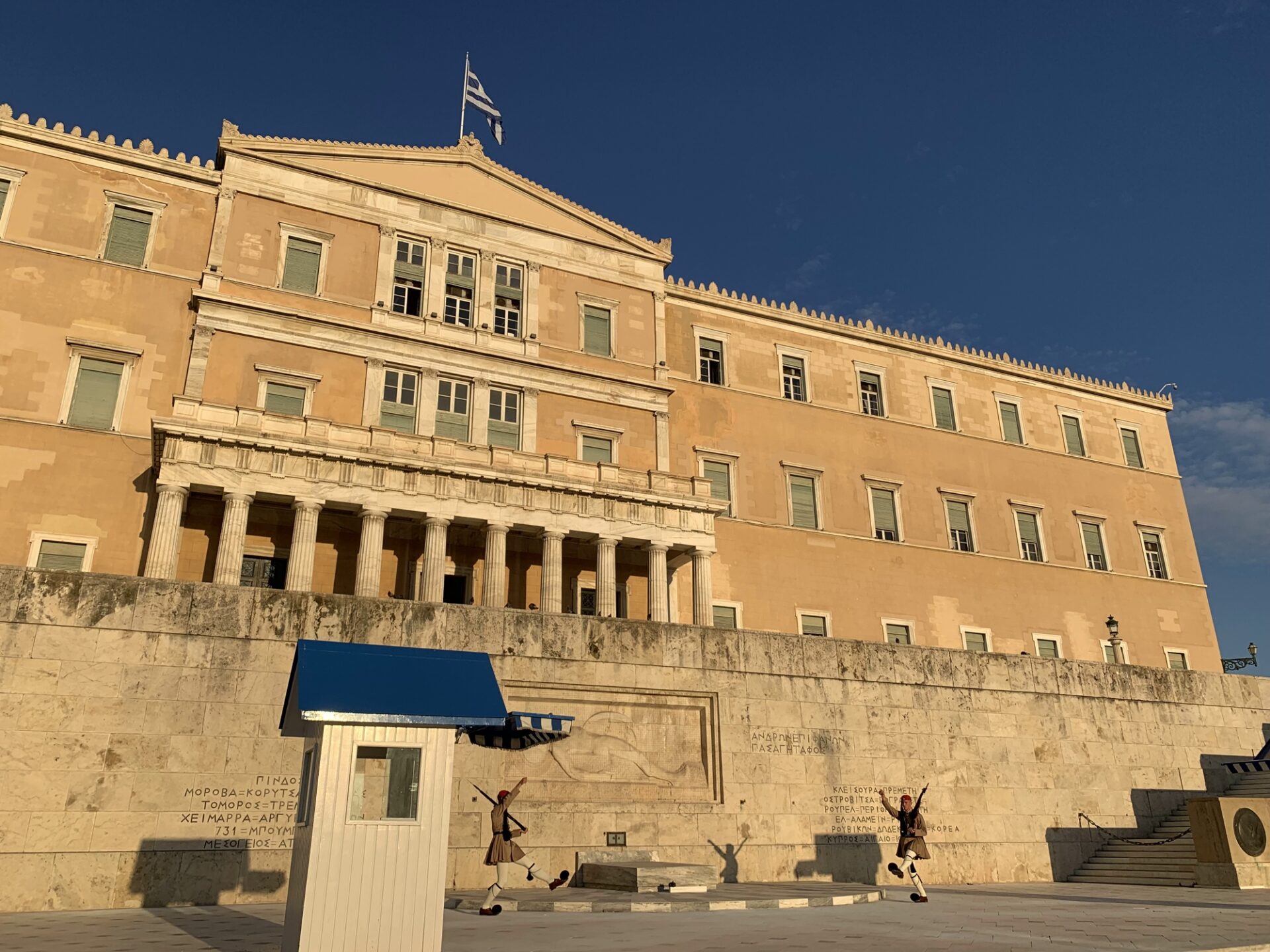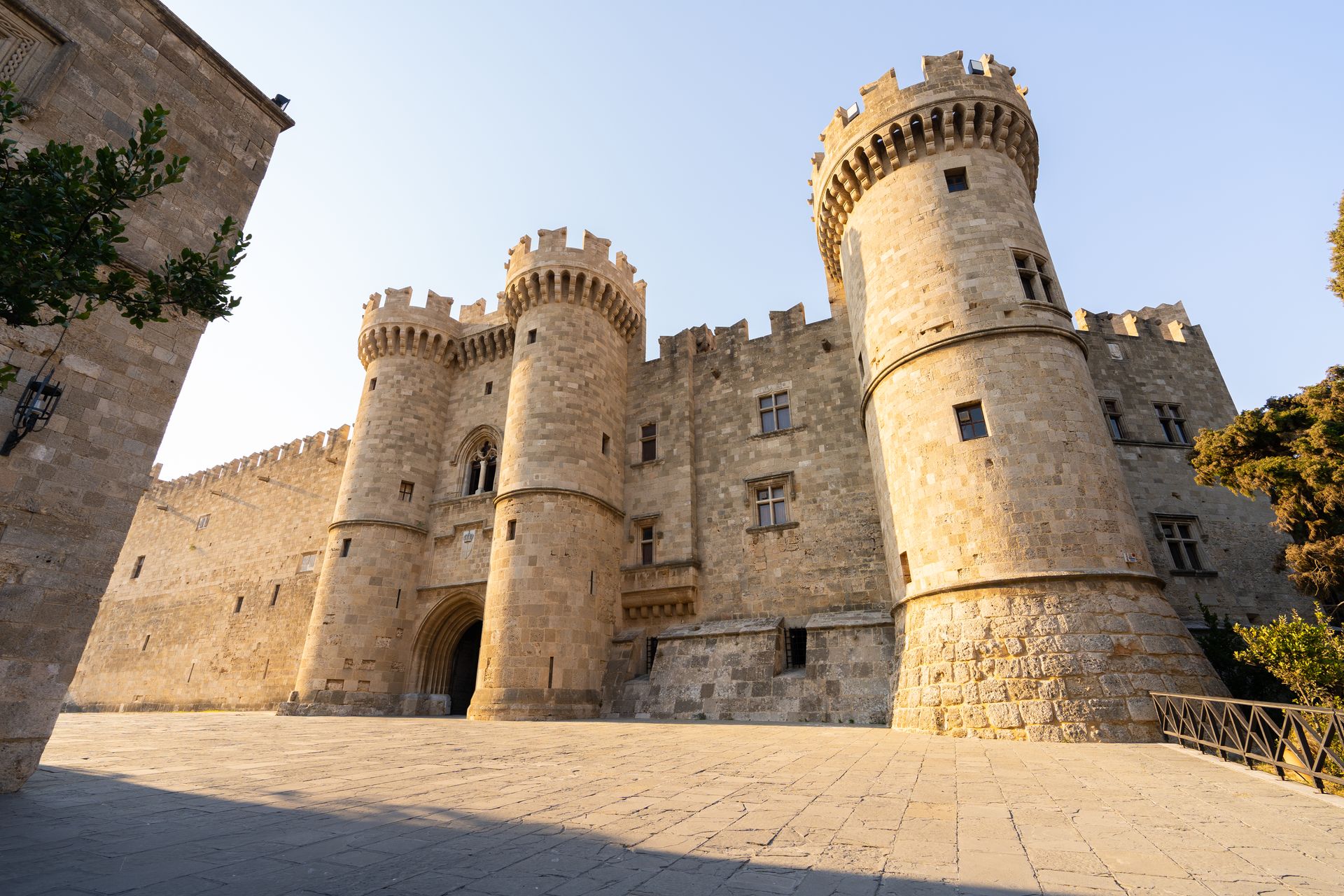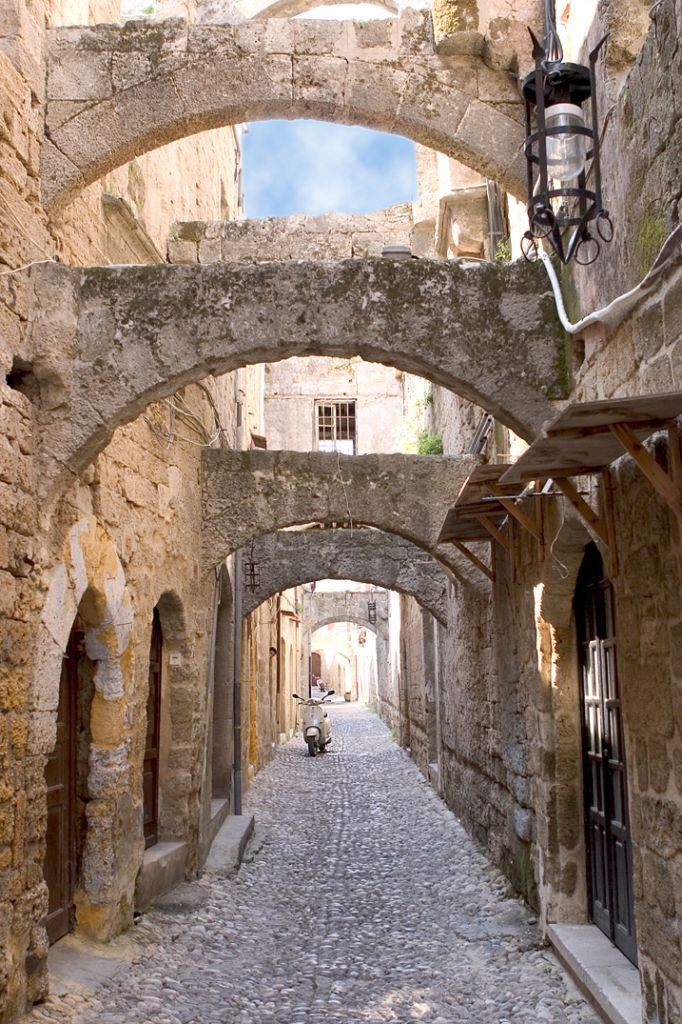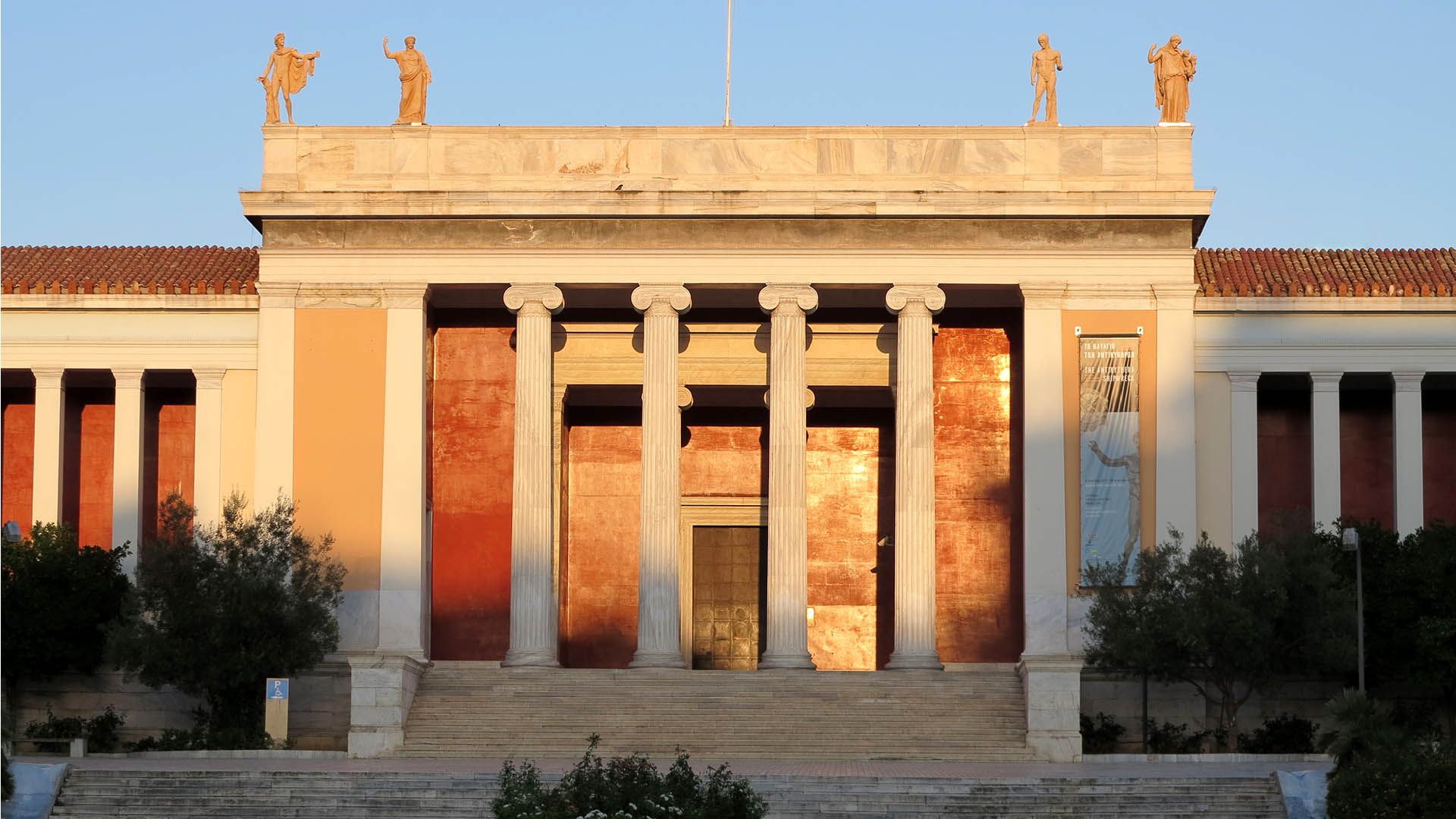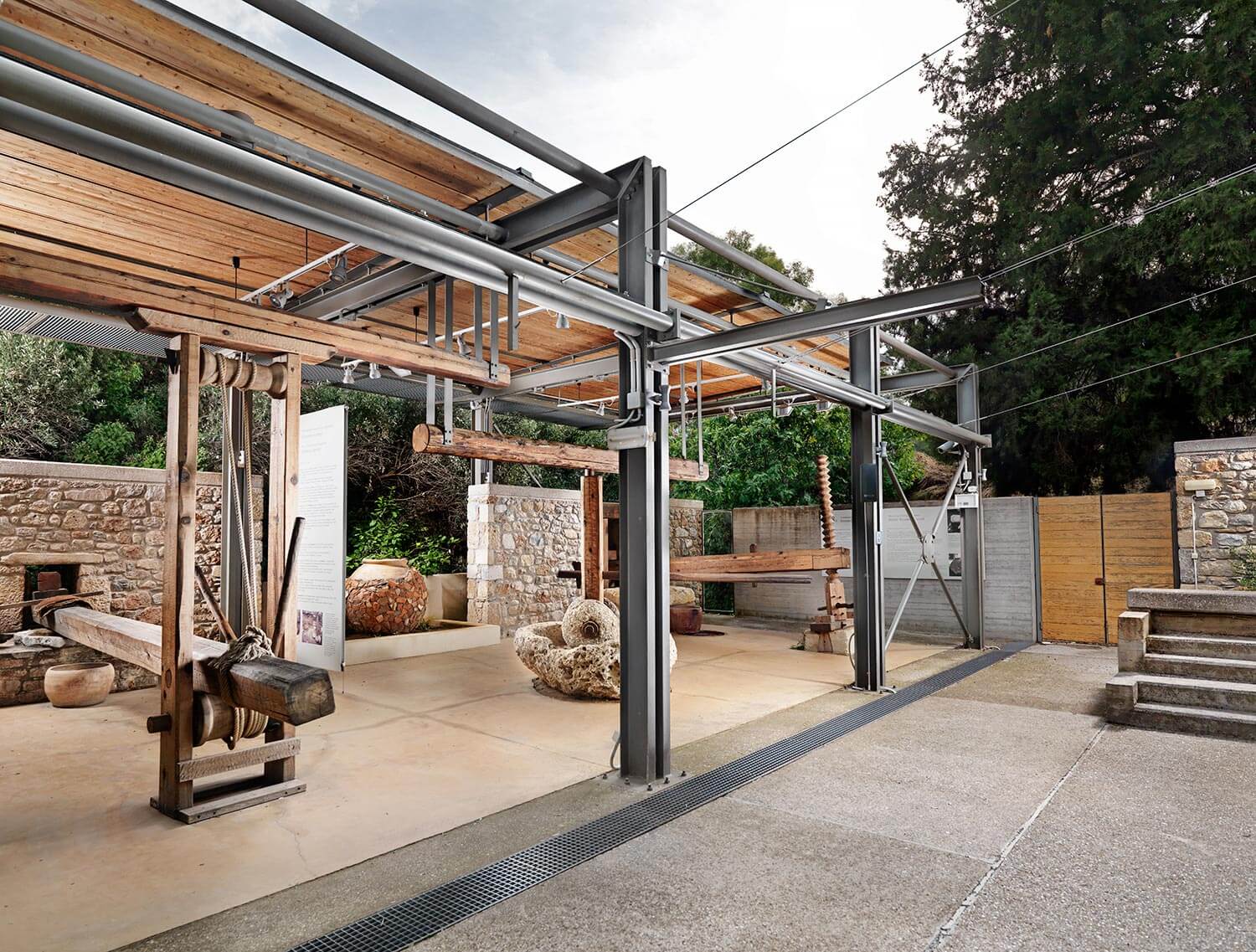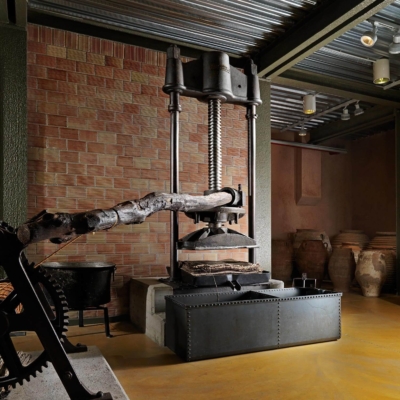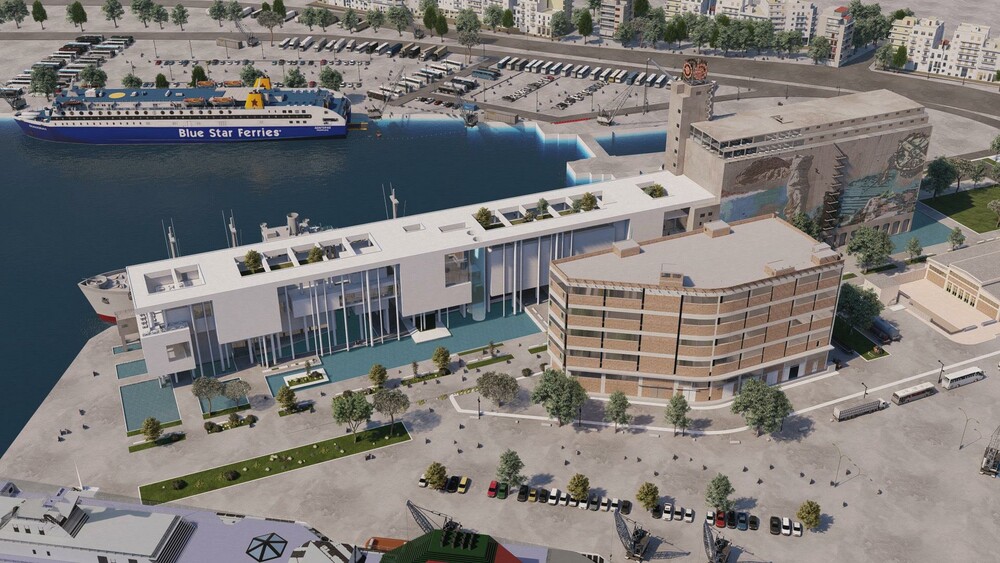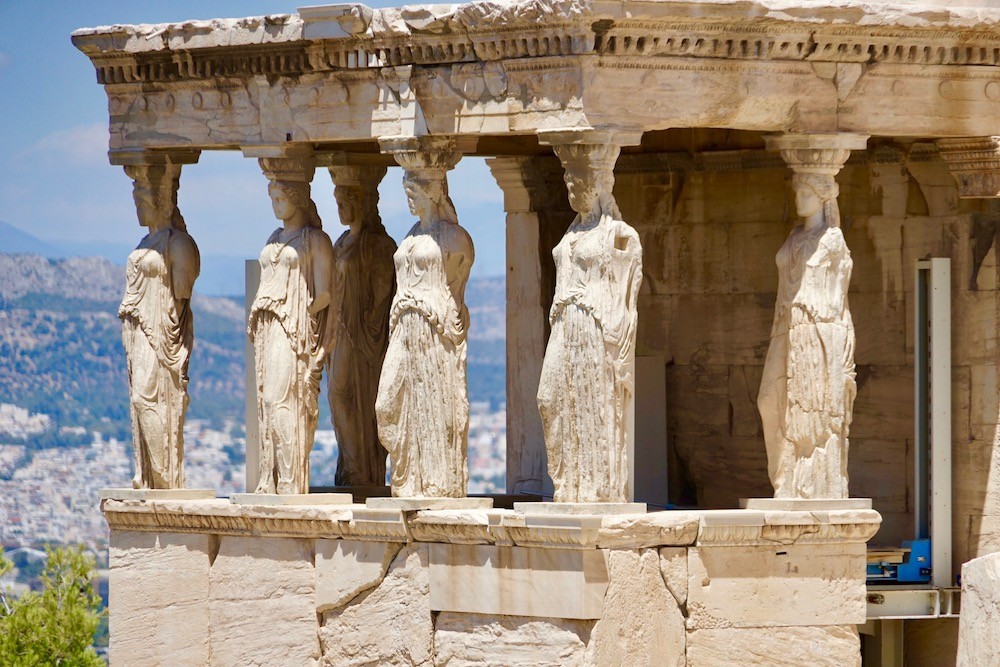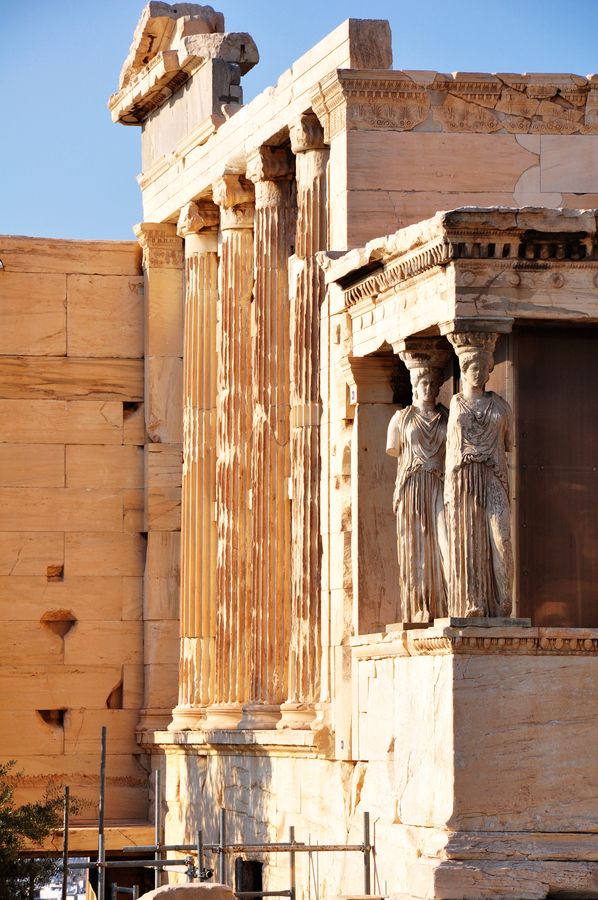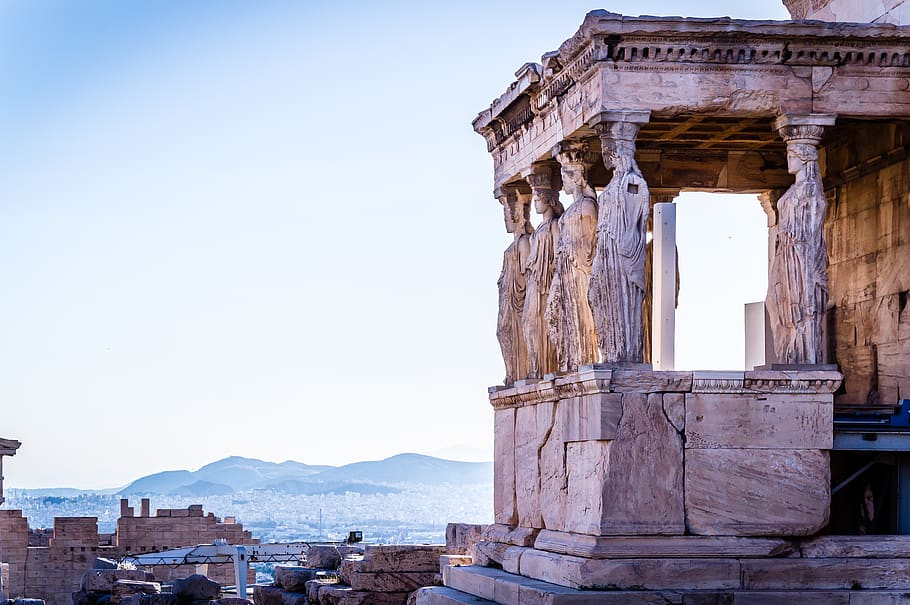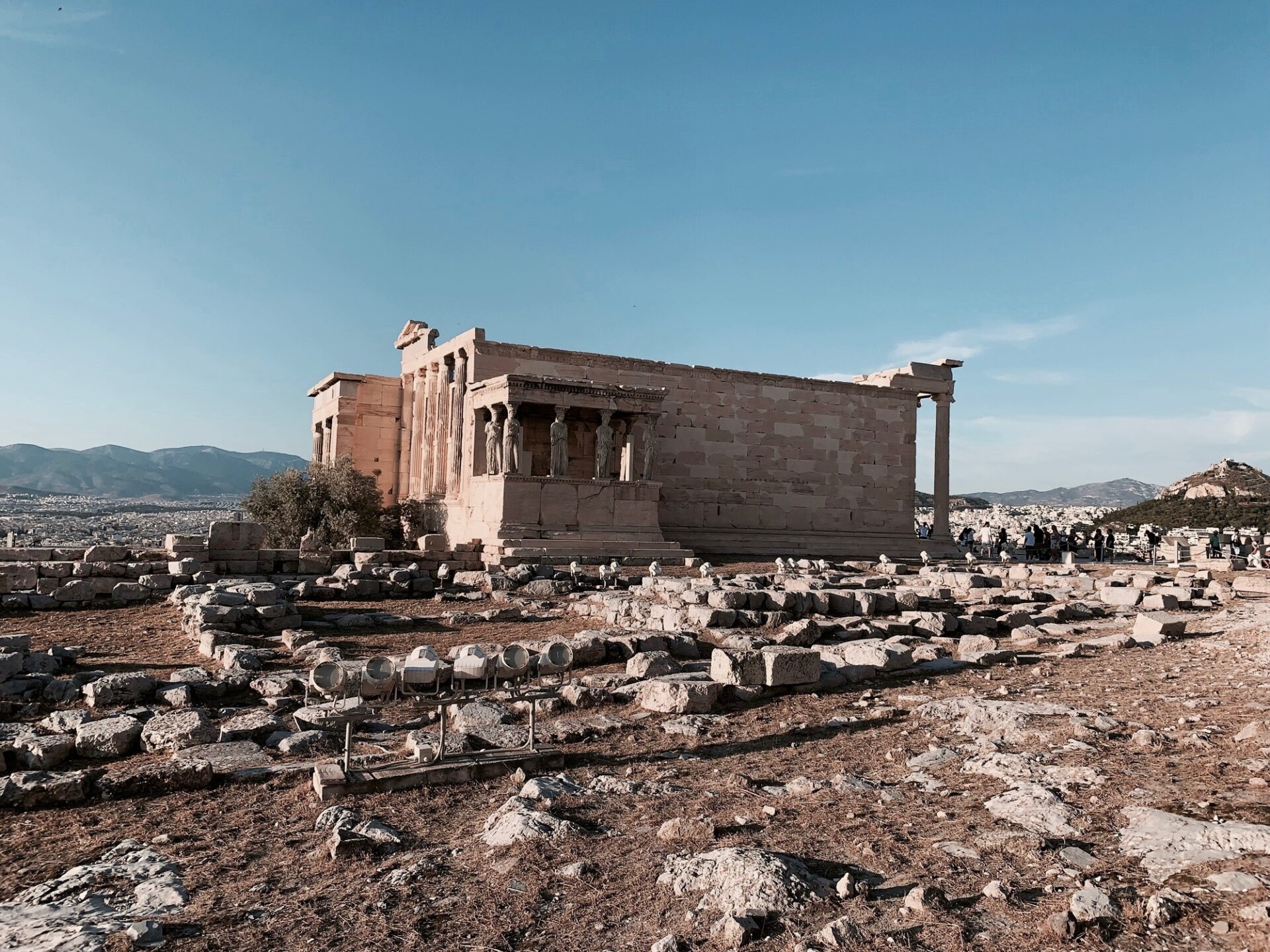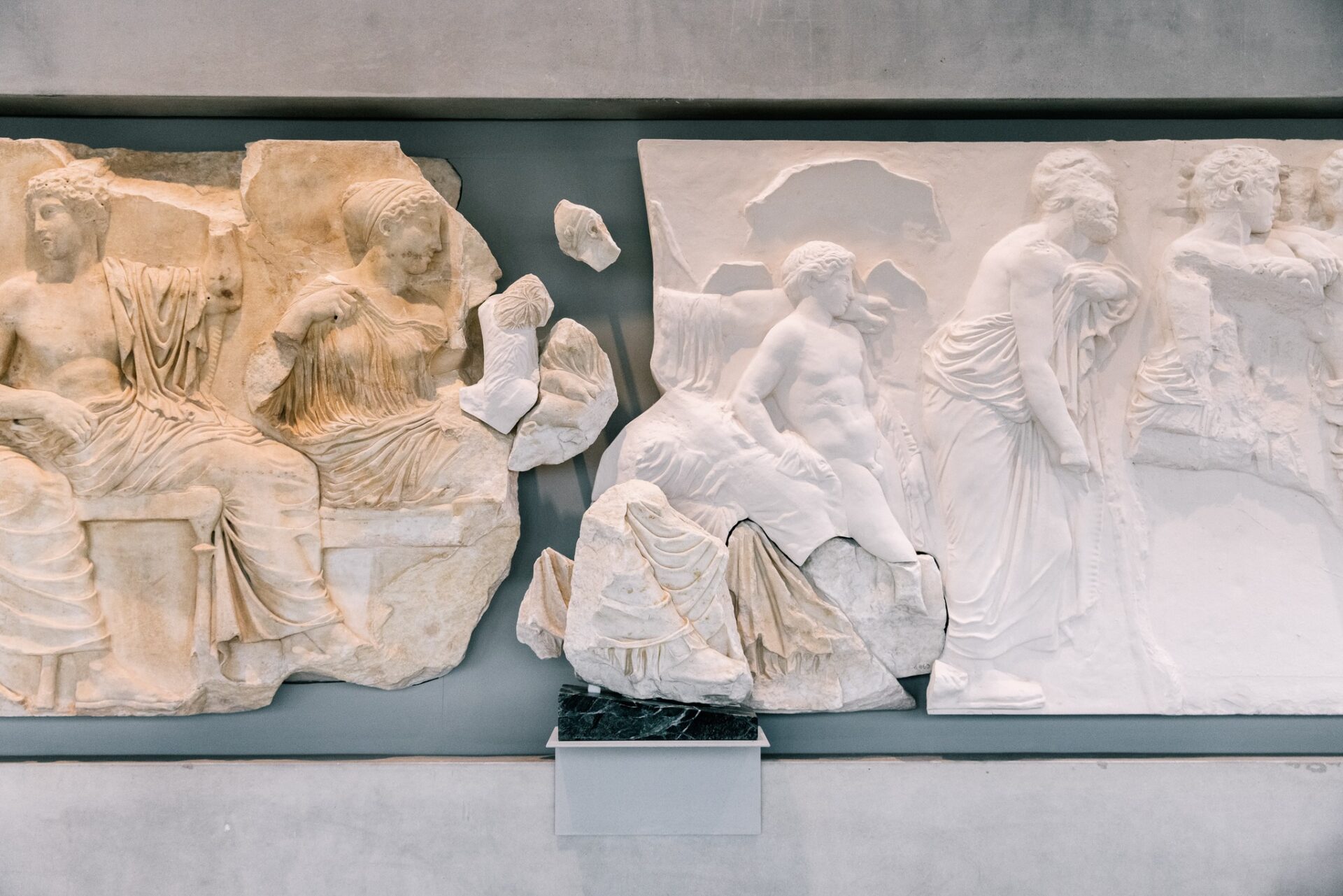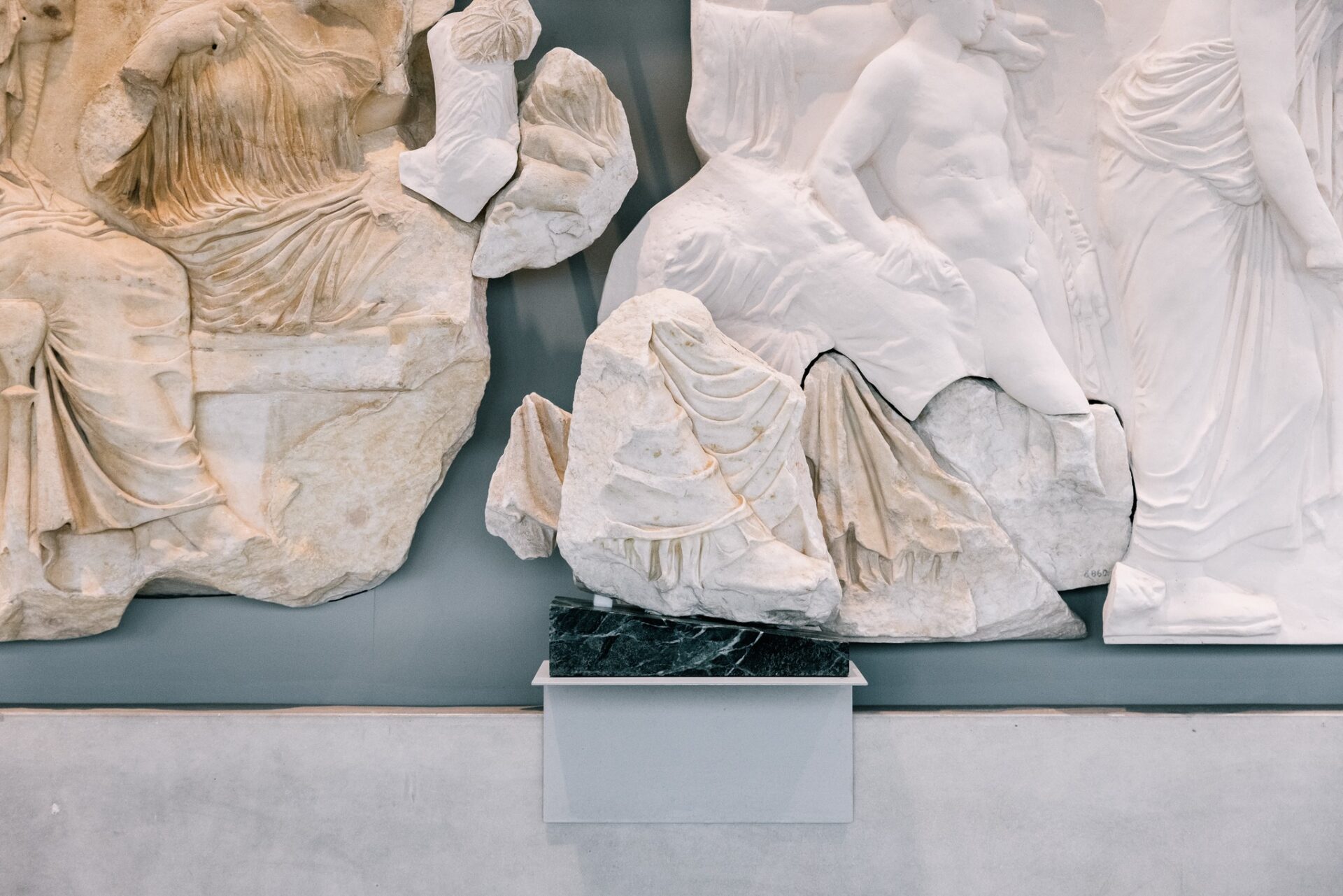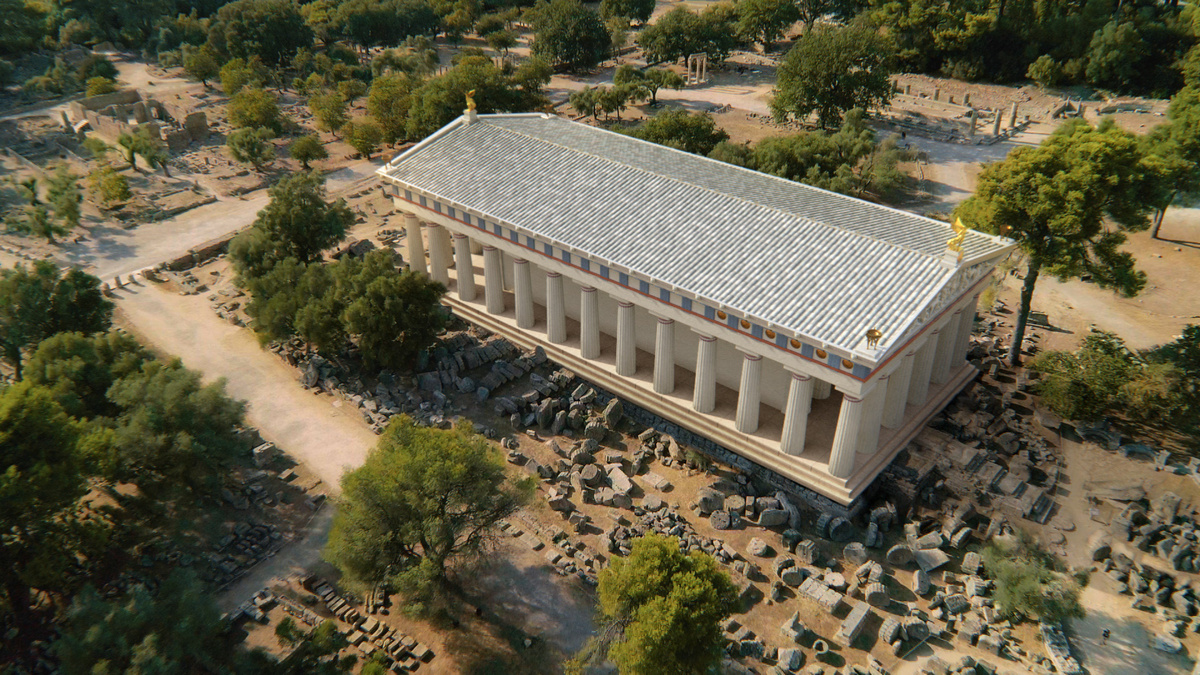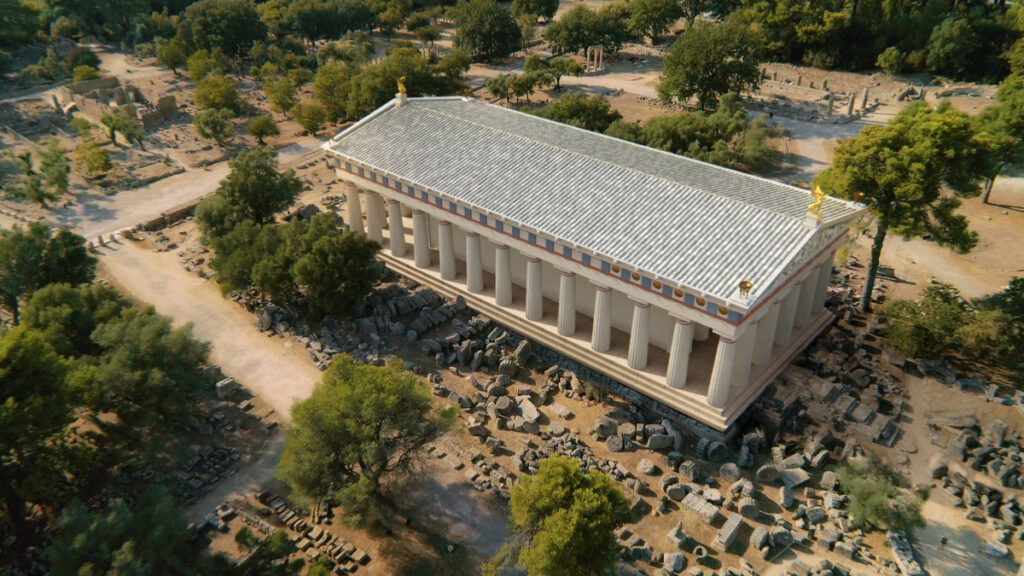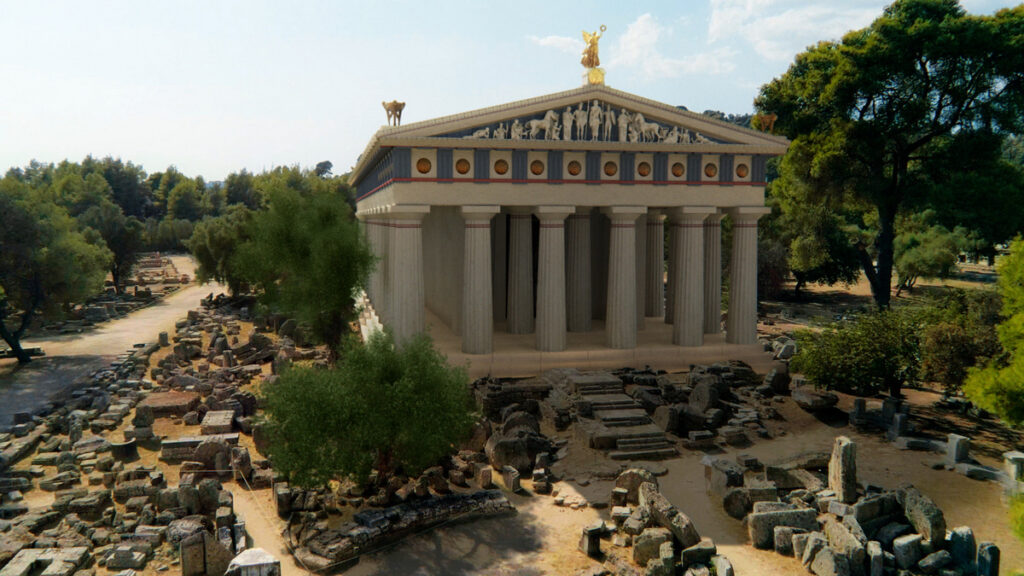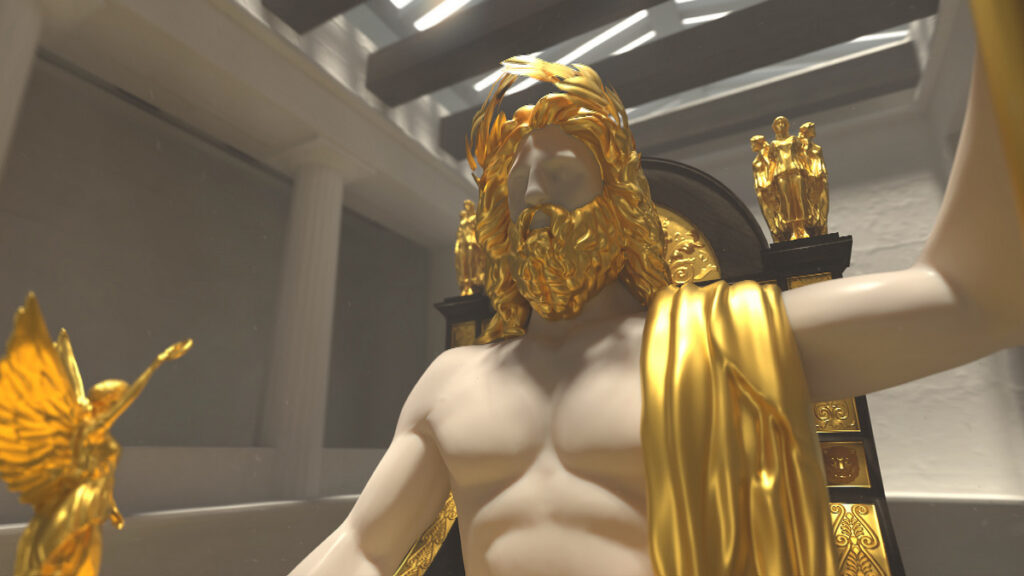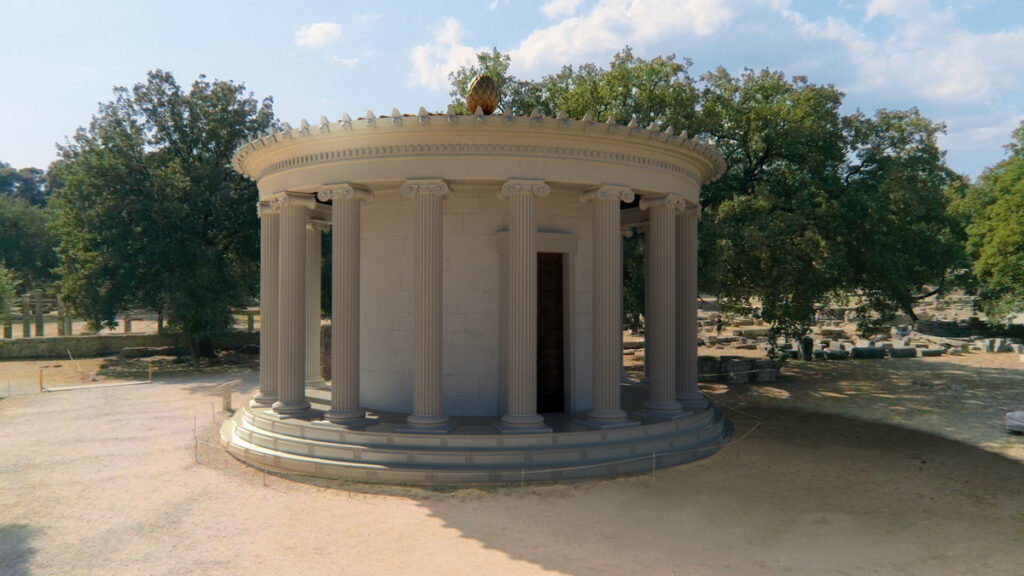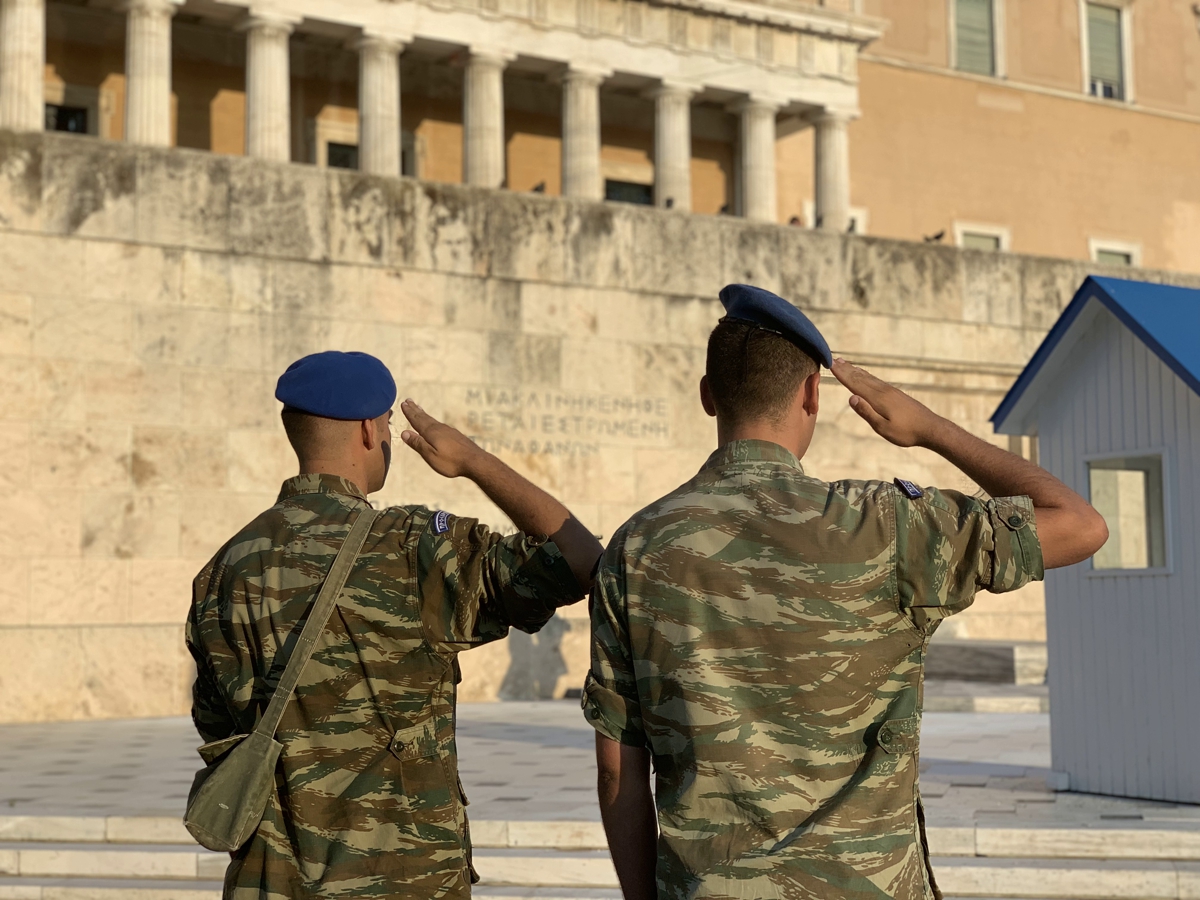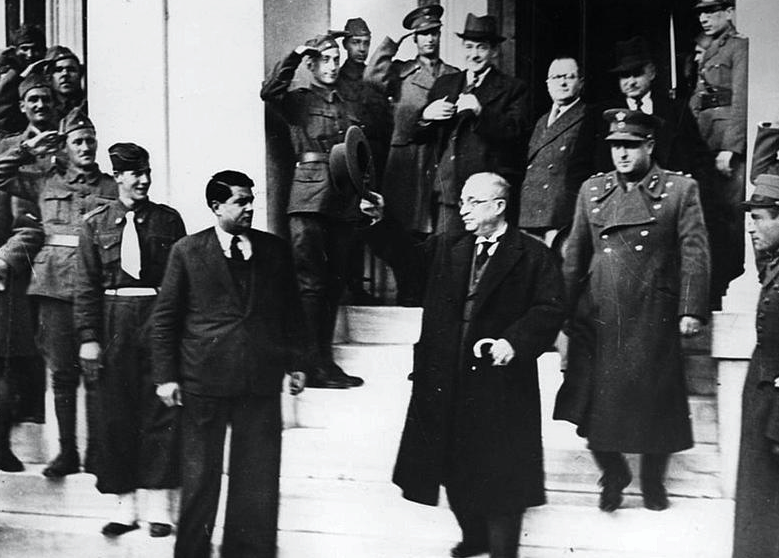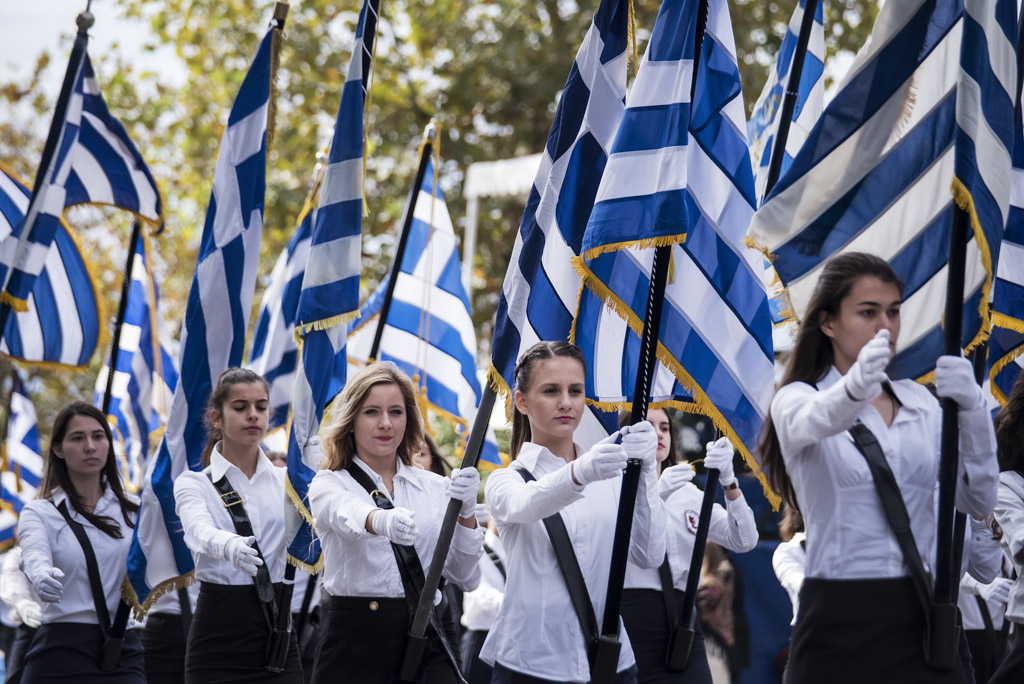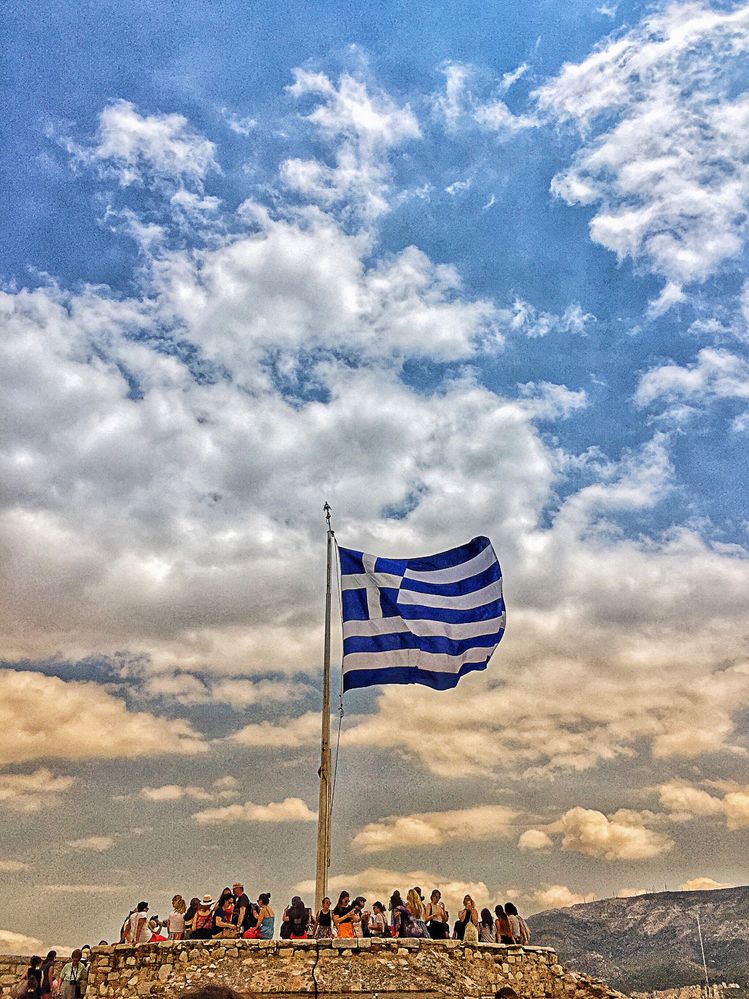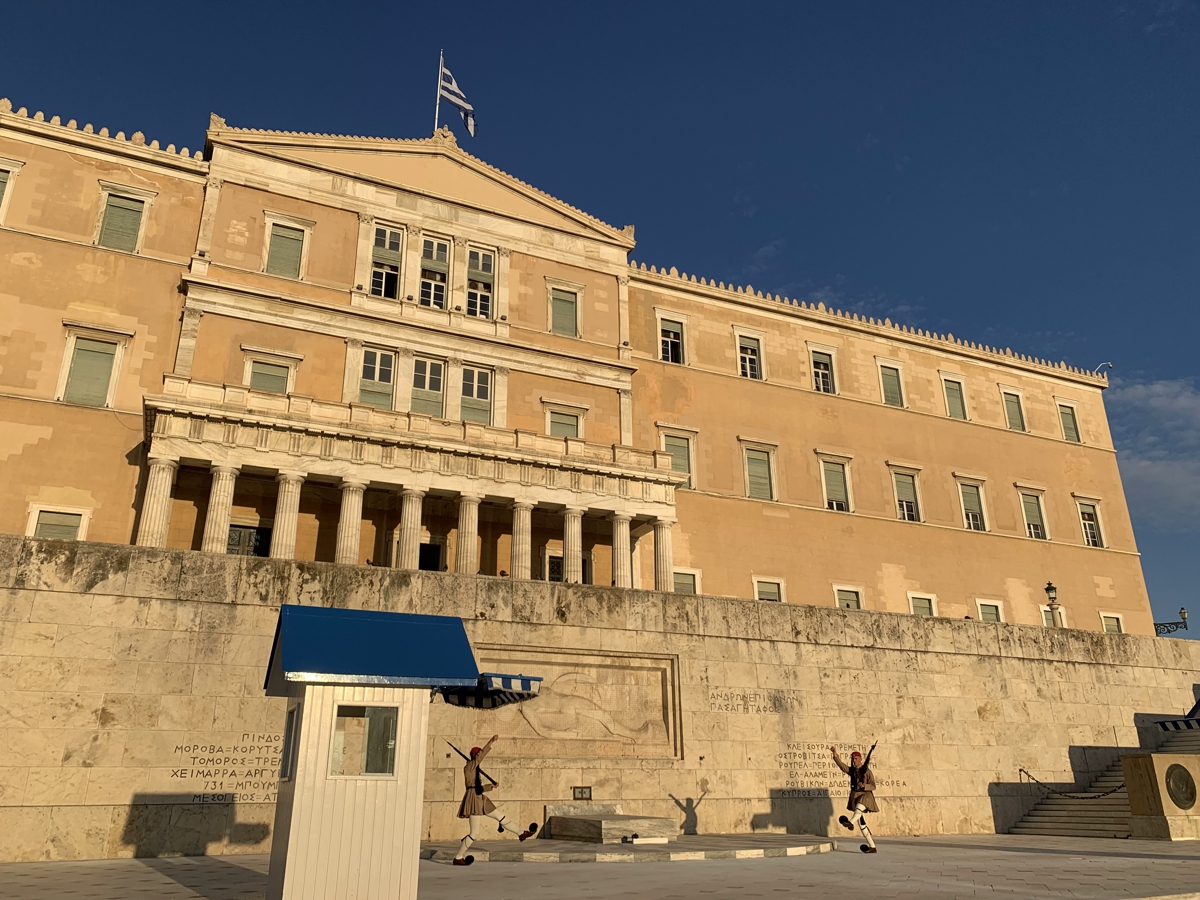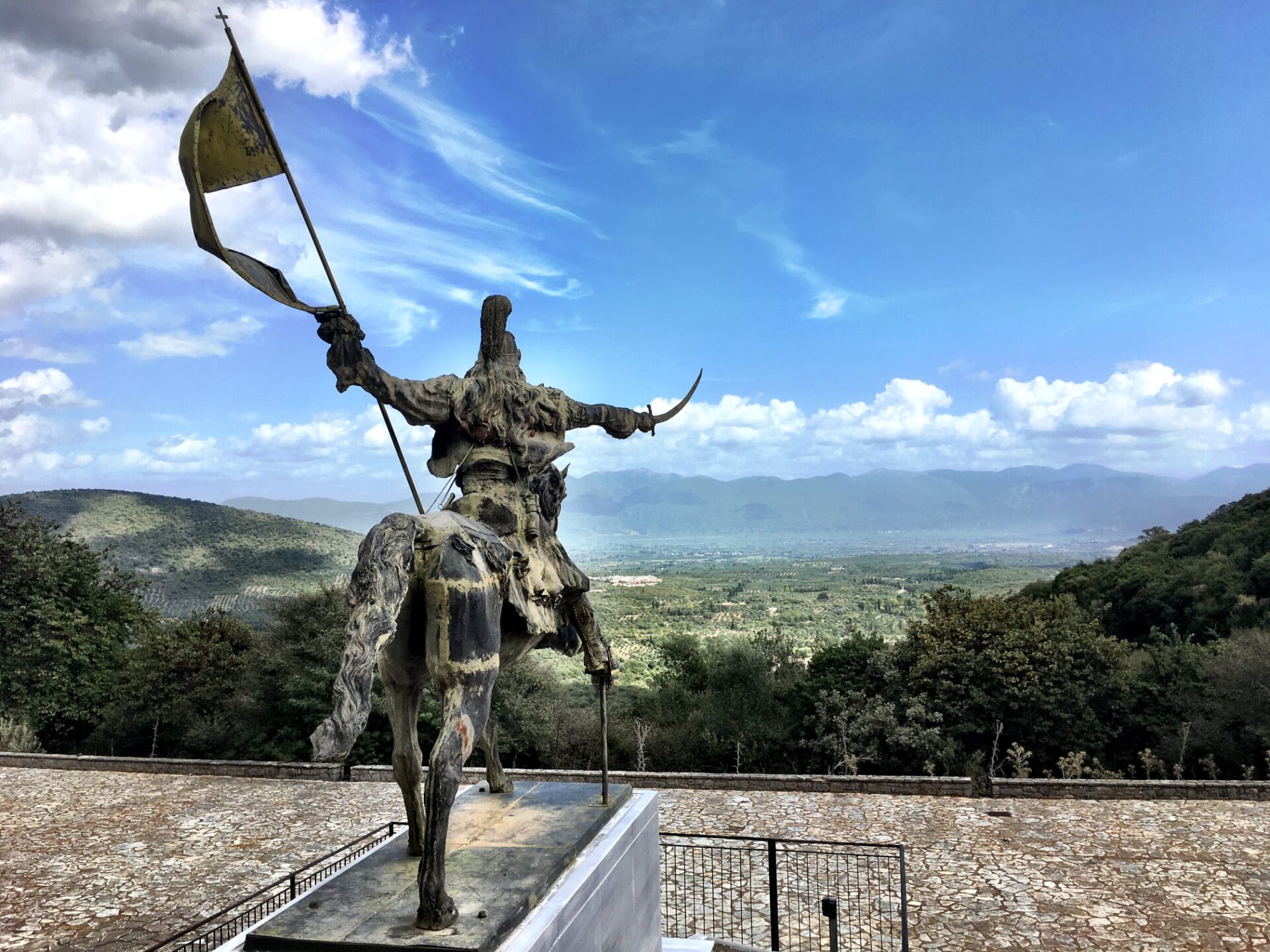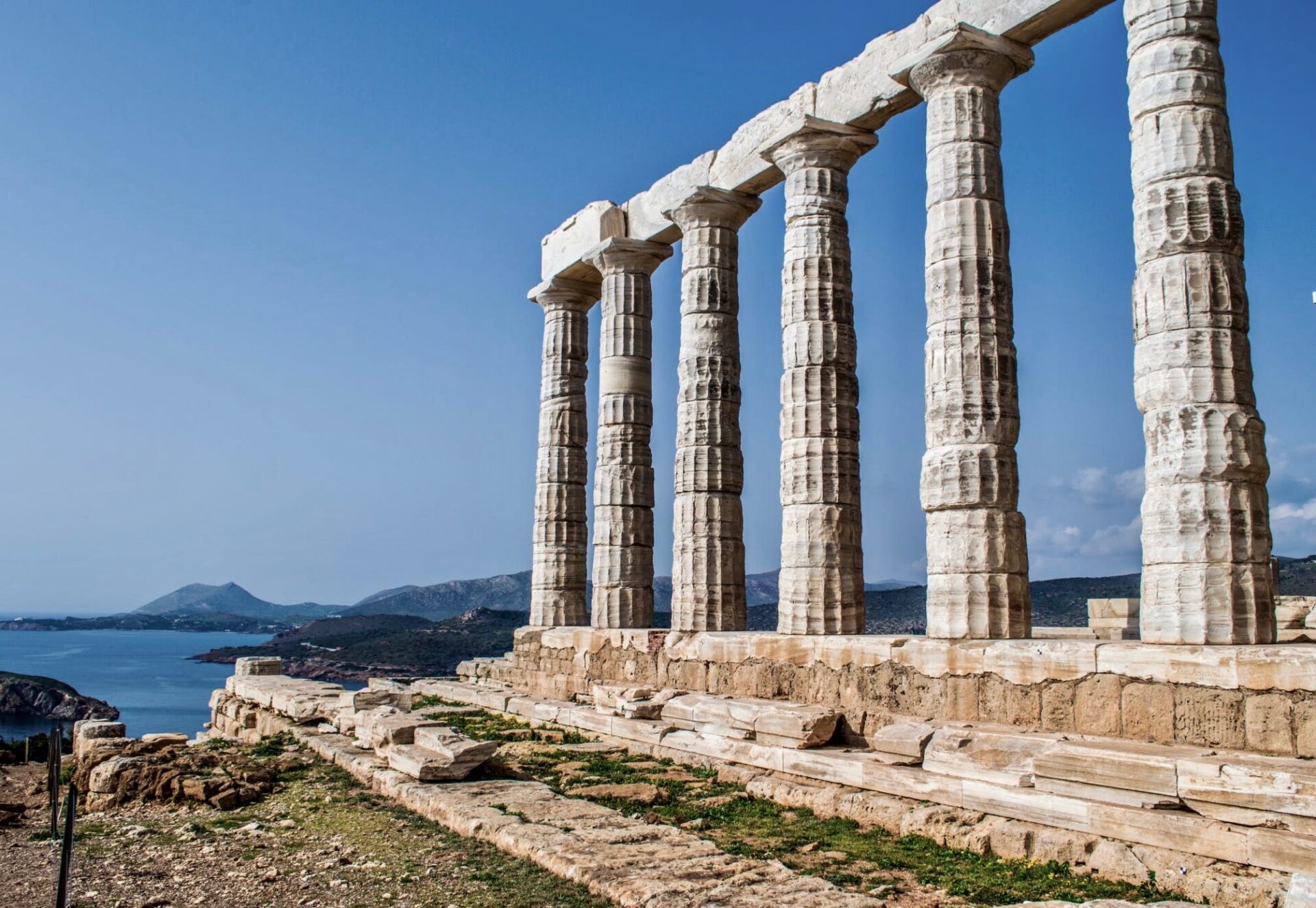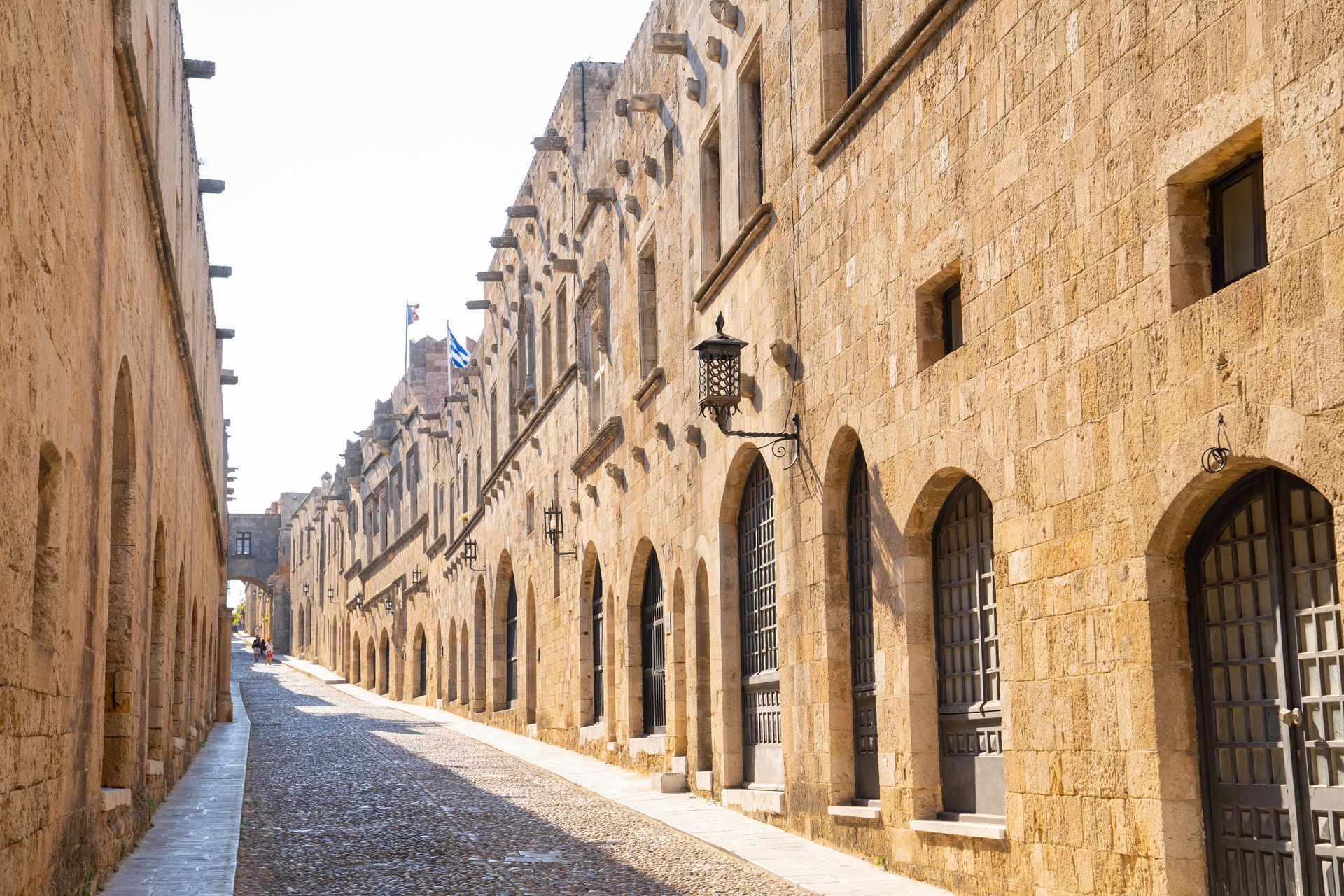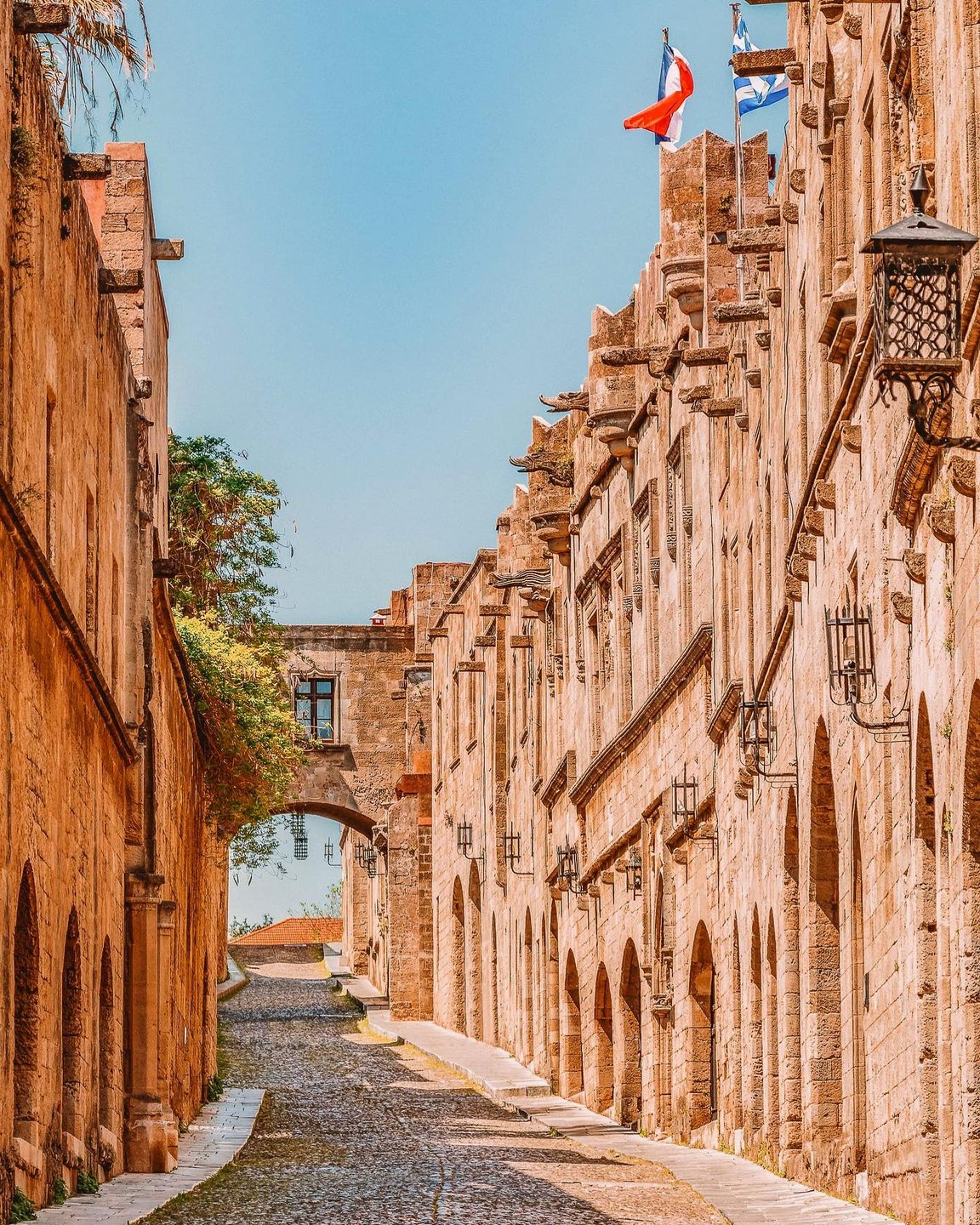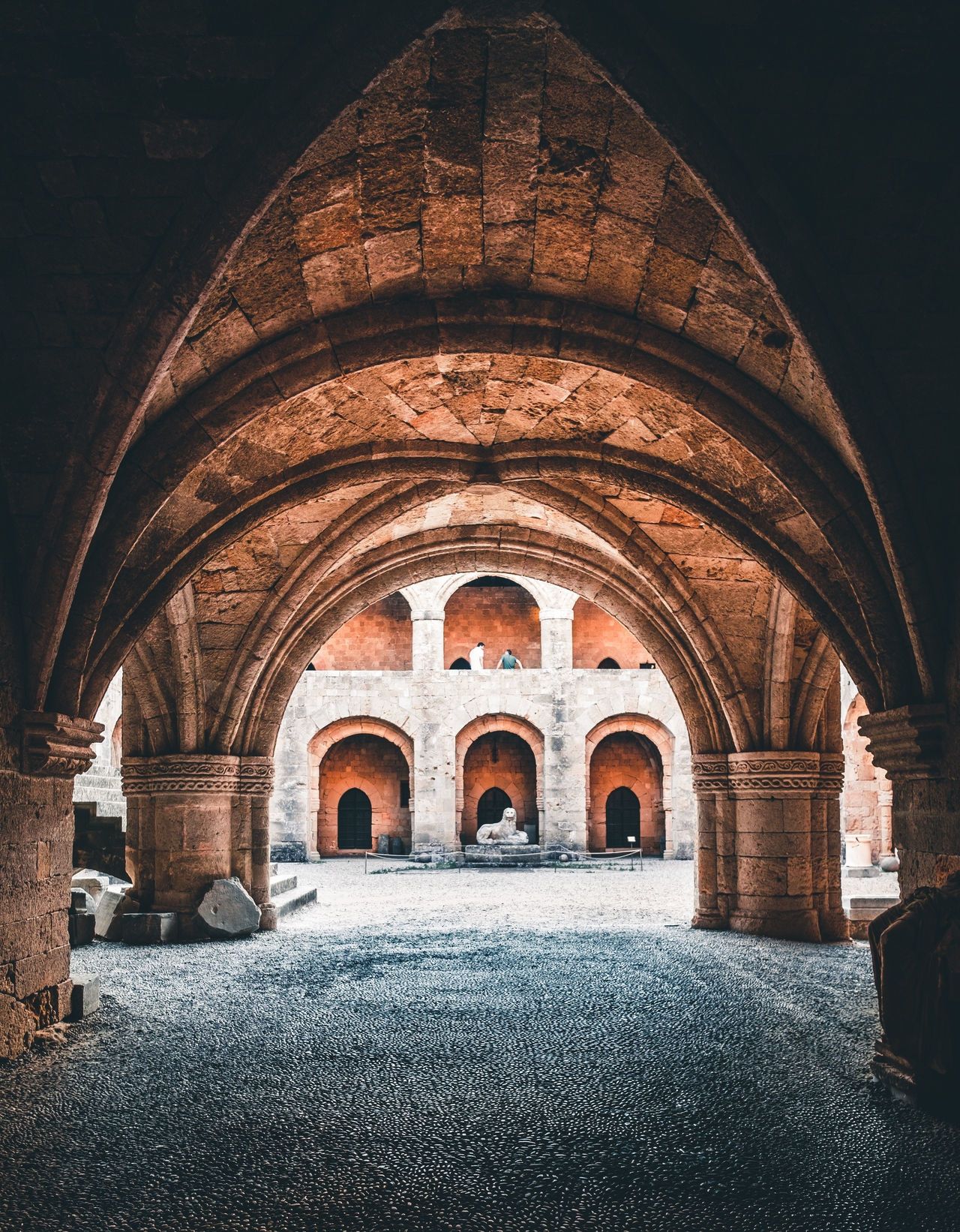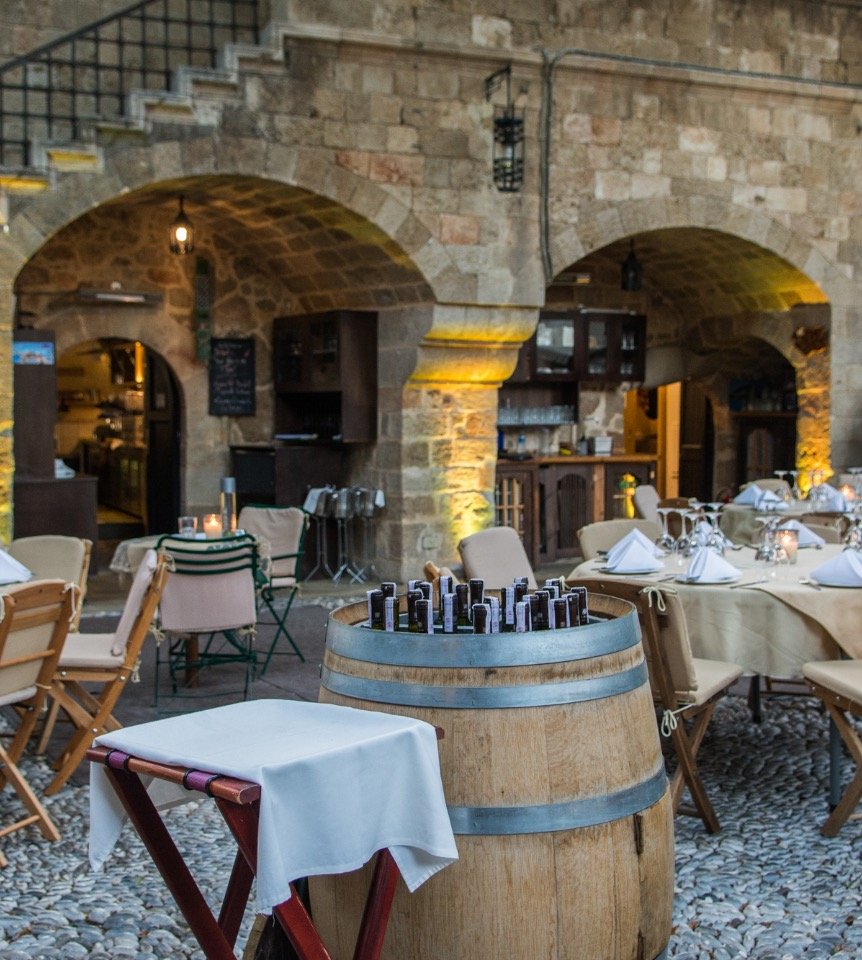Today, March 25, marks an incredibly special day in Greece, as the country and Greeks worldwide celebrate Greek Independence Day.
On March 25 every year in Greece and among the diaspora, Greek Independence Day is commemorated with parades, ceremonies and celebrations- marking the country’s Revolution of 1821, against Ottoman rule.
Since 1838 when Otto was the King of Greece, March 25th commemorates the official start date of the Greek War of Independence against the Ottoman Empire. This national holiday is observed on this day throughout the entire country, and the festivities include a grand military parade, as well as organised student school parades.
History of Greek Independence Day
In 1821, Greece became the first country to officially separate from the traditional European monarchy. The Greek Revolution began with the fall of the Ottoman Empire as Greece came under its control. After years of revolts and two civil wars, France, the United Kingdom and Russia intervened and conquered the Ottoman Empire ultimately breaking free of their rule.
On March 25, 1821, the bishop Germanos of Patras raised the Greek flag at the Monastery of Agia Lavra in Peloponnese and one more revolution started against the Turks. The people of Greece shouted, “Eleftheria I Thanatos” (Freedom or Death) and they fought the War of Independence for 9 years (1821-1829) until a small part of modern Greece was finally liberated and it was declared an independent nation.
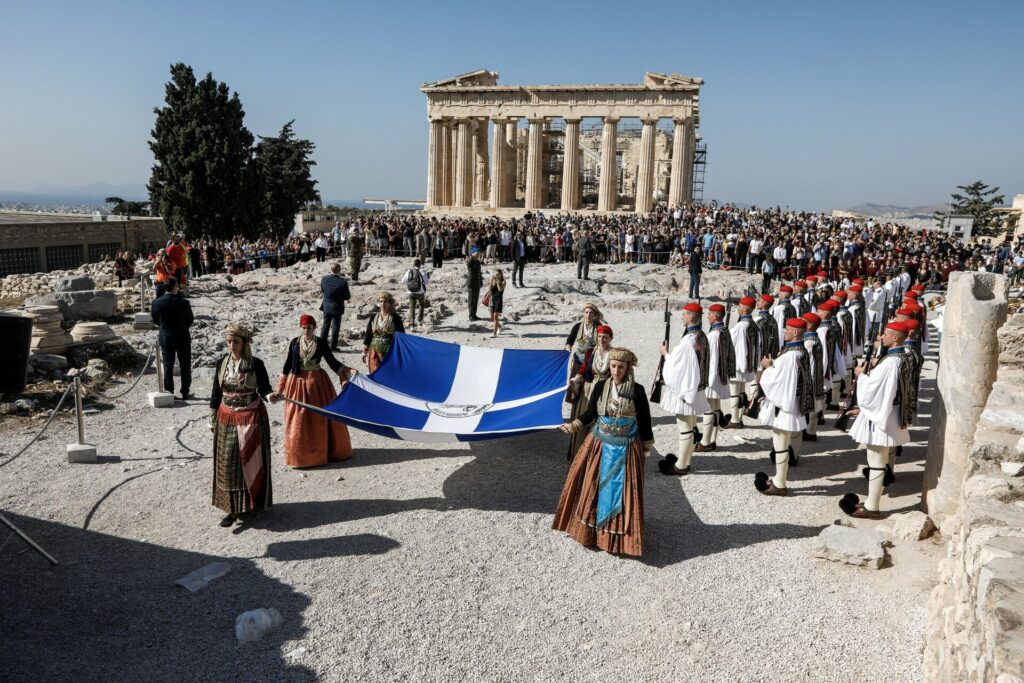
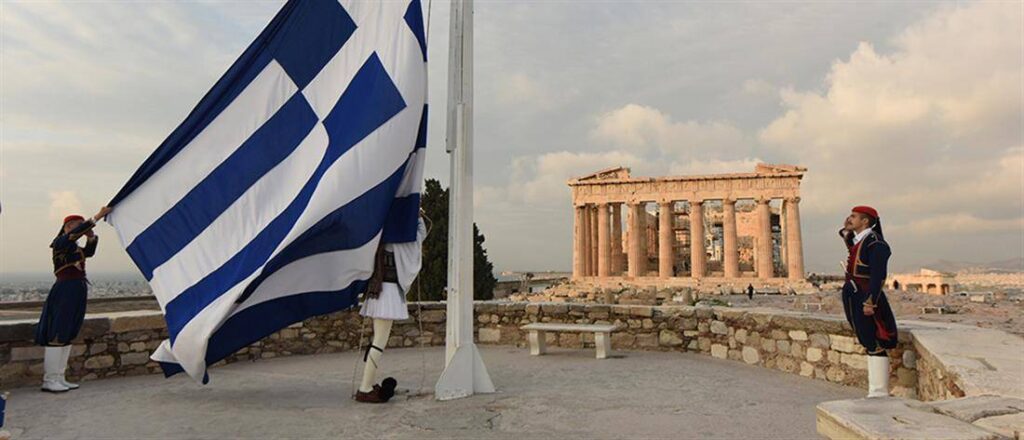
Festivities in Greece
March 25 is a double holiday, celebrating both a historic event and a religious one, as it’s also the Annunciation of the Virgin Mary, which is honoured with rich Greek traditions and culture, including festivals with folk music, dancing and national costumes paraded around the country. From main cities to remote villages, locals celebrate this day with food and wine, with the traditional dish of the day being Bakaliaros Skordalias (fried salty cod with potato and garlic mash), which is made and served at festivals, taverns and family gatherings.
If you find yourself in the city centre of Athens today you will see streets adorned with Greek flags and many residents awaiting to watch the city’s grand military parade that takes place in the city’s central gathering point – Syntagma Square – and is attended by the President of Greece, important members of the Greek Orthodox Church, as well as other dignitaries.
Four French Rafale fighter jets from the French aircraft carrier “Charles de Gaulle” will join Greek planes and helicopters in the sky above Athens today, during the military parade and French armed forces will also participate in the holiday with the frigate “Alsace”, which will sail into Piraeus port, and a French Navy Guard of Honour without arms at Syntagma Square, which will be accompanied by a Greek military honour guard.
Happy Greek Independence Day, Xronia Polla!
Featured Image by Dimitris Vlaikos

